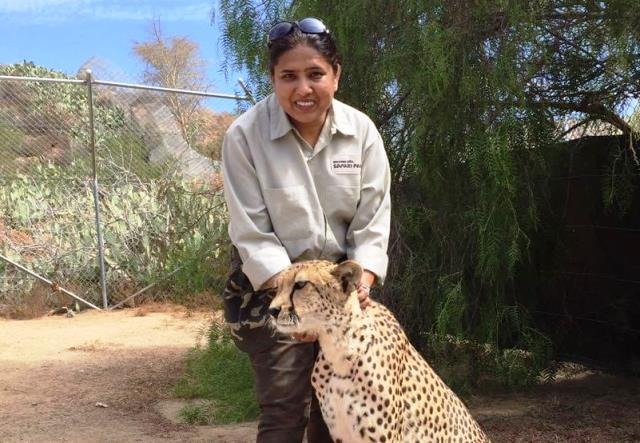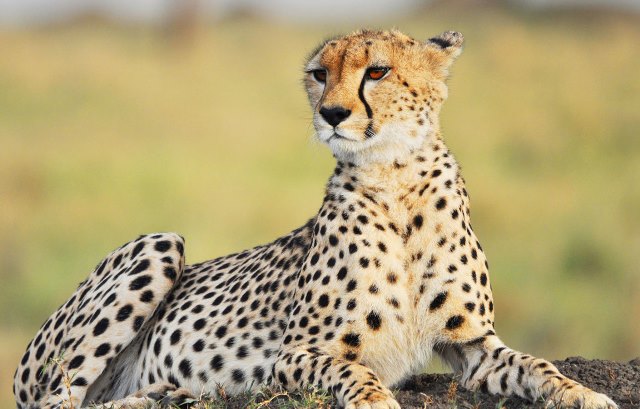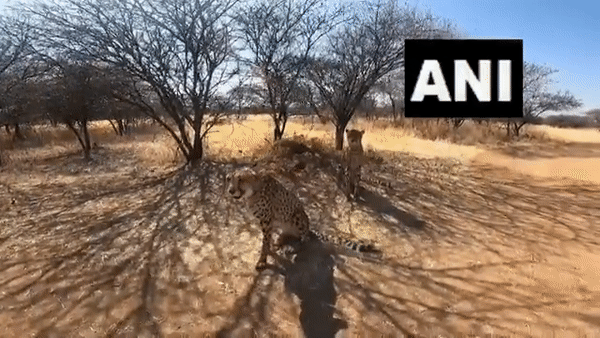Amit Kundu, a Delhi-based wildlife enthusiast, says six cheetahs dying in a span of two months must shake this government which is playing petty politics over their habitat
The beautiful and majestic cheetahs, with their athletic bodies, and supersonic speed, have been inhabitants in Indian forests since long, until they were tragically declared extinct in 1952, basically due to rampant trophy-hunting, especially by the ruling elite of those times. There are sufficient reasons to believe that they can be successfully rehabilitated, provided ample space is made available to them, since, ideally, each cheetah needs 100 sq km of land as its own, individual territory. Presently, the Kuno National Park in Madhya Pradesh has only a space of 750 sq kms, which can ideally accommodate only five to six cheetahs.
As of now, six cheetahs, including three cubs, have unfortunately died. Out of the three adults, one has died of kidney failure, the second due to heart failure and the third due to a fierce fight during mating. The cubs died due to dehydration and heat wave conditions. All these deaths are attributed to natural causes.
There have been reports that officials are now saying that since cheetahs became extinct decades ago in India, they do not really have the expertise to handle them. In that case, wildlife experts have counter-argued that in that case what was the need and hurry to create such a hyperbole about bringing the cheetahs back to India from their natural habitat in Africa!
ALSO READ: ‘Cheetah Will Add To Indian Biodiversity’
However, in my view, the project should definitely continue, and as per forest officials and three Namibian experts in Kuno, more man power is being deployed to monitor their rehabilitation and everyday life in the wild or in confined zones. The authorities are identifying additional territories in Rajasthan as well as in Madhya Pradesh for releasing more cheetahs.

The Kuna National Park is now left with 17 adults and one cub born on March 29. Six of them are in the wild while a couple will be released before the monsoon, according to the media reports.
Meanwhile, the Supreme Court has expressed deep concern about the deaths of the three cheetahs translocated from South Africa and Namibia. A Bench led by Justice BR Gavai stated that the deaths had occurred within two months of their transfer to the national park. The apex court appealed to the Centre to “rise above politics” and consider shifting them to Rajasthan.
“Don’t bring party politics into this issue. Consider all the available habitats, whatever is suitable for them… Six deaths in a short span of two months is a matter of serious concern. There are opinions of experts and articles in the media. It appears that Kuno is not sufficient for so many cheetahs. There is too much concentration of cheetahs at one place. Why don’t you look for a suitable place in Rajasthan? Merely because Rajasthan is ruled by an opposition party does not mean that you will not consider it,” the Bench observed.
Read More: lokmarg.com
As told to Amit Sengupta




